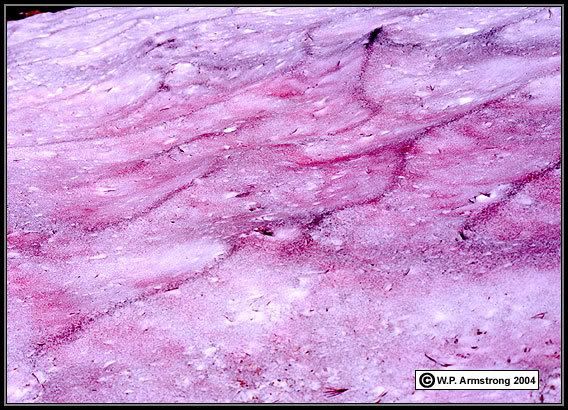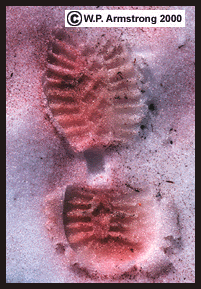I don't know what it is about this area, but there are a ton of VW Bugs! At one point there were two in our neighborhood- one of which was that awesome periwinkle color (yes Peleke, periwinkle is so a color! Periwinkle, periwinkle, periwinkle!). I go back and forth on my favorite color for the modern Bugs- periwinkle or that pretty melon orangey color. For the classic ones, though, it's green all the way.
My point, though, is that I'm pretty sure I'm not the only person who sees a Bug and instinctively balls up my fist and looks around for a sucker's arm to punch, right? In a span of less than five miles, I saw five of them! If I were a kid, I'd have been jumping up and down in my seat (provided I spotted them first). I found myself wishing Peleke was in the car with me so I could get his arm.
We've actually gotten out of and into the car debating whether or not we can punch over the same Bug that was there when we went into a building. I wonder what people think when they hear us talking about when it's fair to punch each other. Or worse yet, if we're trying to even out the punches right there in the parking lot...

Well of course the picture of the Fremont Troll with his captured Bug had to be posted! Also, hey, here's a rule book (sort of)!
On a somewhat related note, I learned about the whole passing over a cattle grate thing out in Arizona during college ("down-down-up-up-down-up-down" followed by a free for all punching. Nobody really bothered to determine who finished first.). Does anybody else still do this this?






